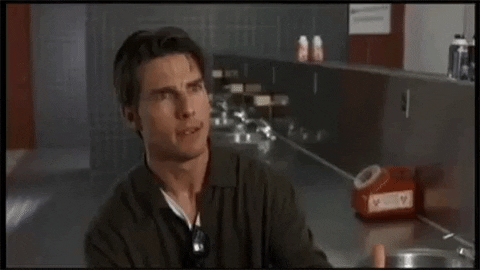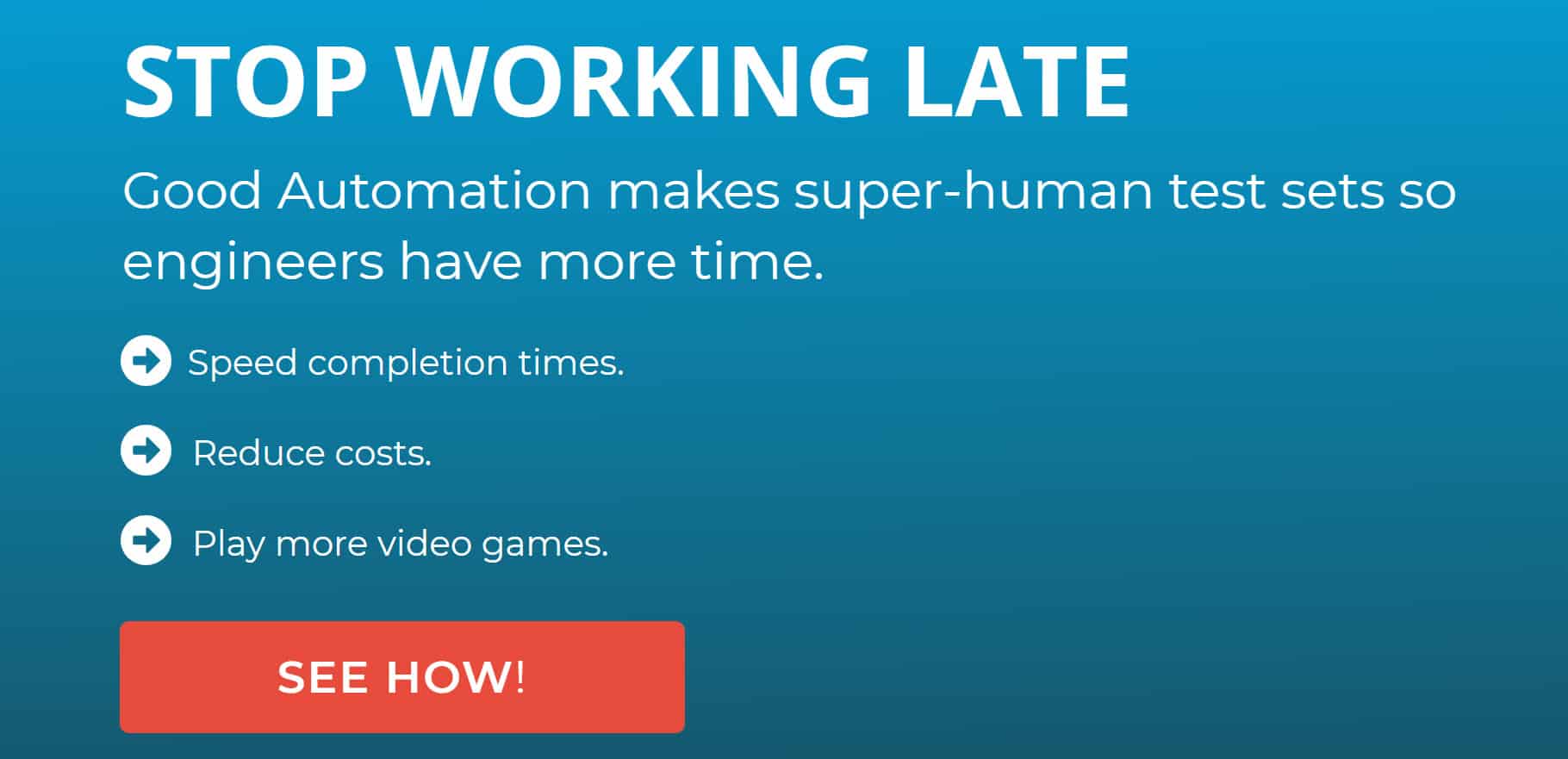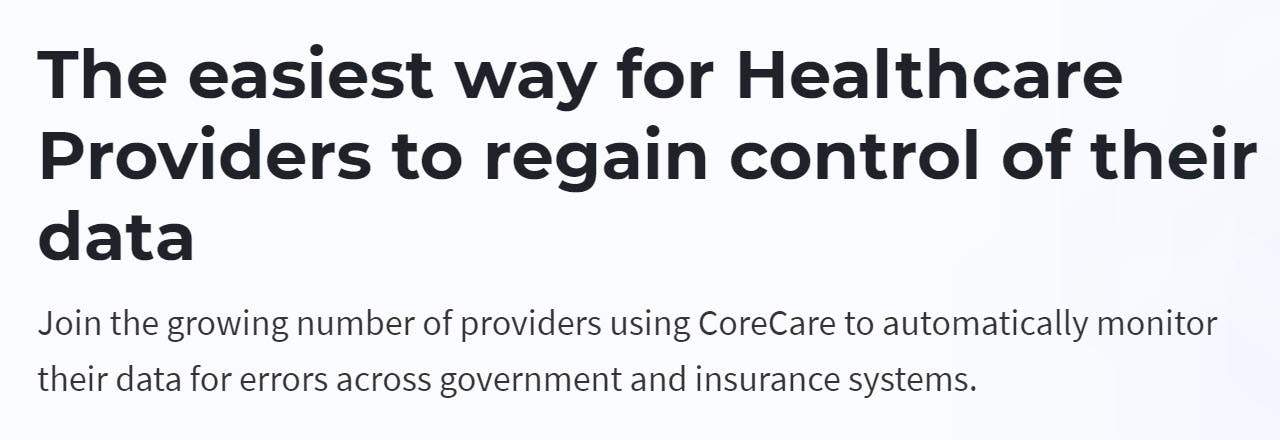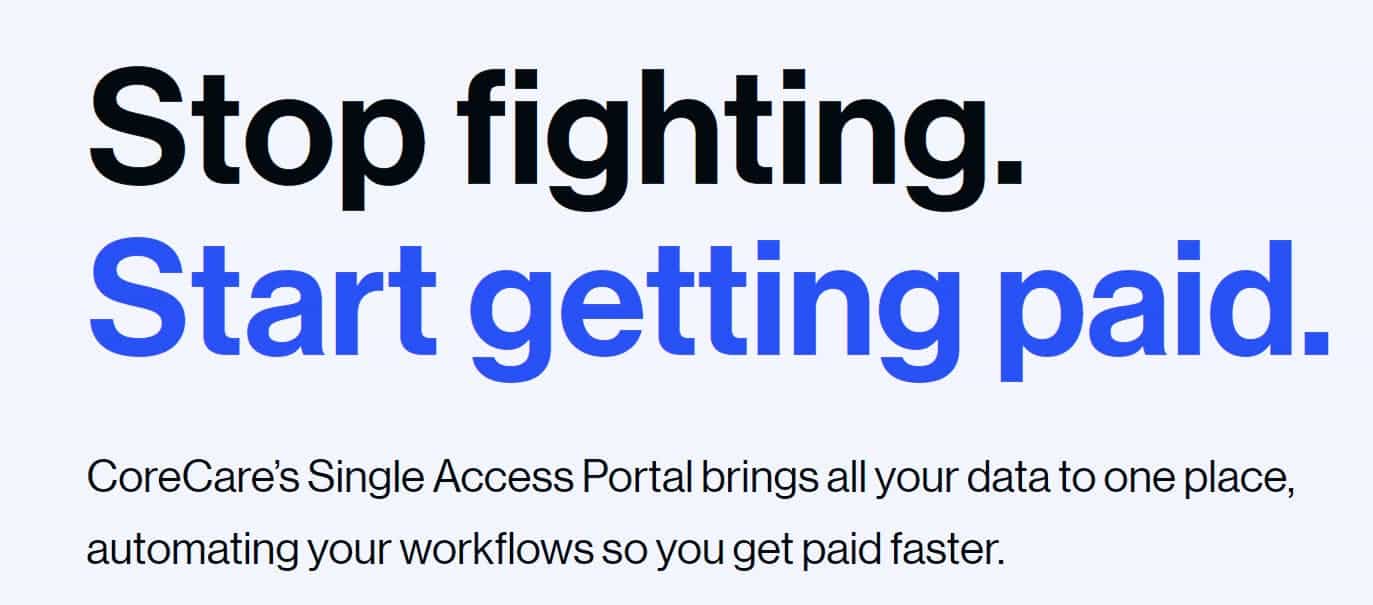How can I use emotion in marketing without sounding phony?
It's a tough question.
Here's the Answer.
Waaay back in 2002, a famous basketball player went on a rant.
Allen Iverson, star Philadelphia 76er, was asked about his commitment to the team after his head coach regularly and repeatedly questioned his work ethic to the press.
His answer has become iconic mostly because of one word. Practice. Iverson said "practice" 22 times!
Check out this clip:
But, all the attention the press gave to "practice" missed a major detail.
Seven months earlier, Iverson had lost his best friend.
Rahsaan Langeford died a violent, unnecessary death...the result of an argument gone wrong.
Days earlier, the trial of the killer had begun. Later in the press conference, Iverson even mentioned it:
"I'm upset for one reason: 'Cause I'm in here. I lost. I lost my best friend. I lost him, and I lost this year. Everything is just going downhill for me...And then I'm dealing with this.
And, so...more than "talkin' about practice," what we can learn from this is the importance of emotion.
Allen Iverson was an incredibly talented athlete who took himself to an entirely different level through emotion. He was (and is) loved by Sixer fans...so much so that if you walk around Philly today, odds are you'll see his #3 jersey worn around town, more than a full decade after he left the team for good.
It's all because of emotion.
Now before you click the X on the top right corner, leave this post, and never think of it again, hear me out.
Even though this blog post IS about practice...
The practice we're about to get to is about making sure you don't miss the major detail REQUIRED to hit emotion in marketing correctly.
It's intended to help you more easily make your top-level message more clear AND compelling — We're talkin' about something you'd see at the top of your website or say at the start of answering, "so...what do you do?"
But, Zach. Isn't using emotion in marketing just manipulating my audience? A cheap trick to get them to do something?
Effectively using emotion in marketing is NOT about manipulation. It's about helping and serving so your audience can do their best work...live their best life...or make their biggest possible impact.
I dunno, dude. Seems like a cheap gimmick.
Still considering all this manipulation? Think of it this way.
As a founder of anything, you have a dream...a vision of the future where your offering has made a subset of the world a better place. You've made something easier...or faster...or healthier...or just flat out better.
And, you know it can help a ton of people.
Using emotion your marketing helps you help them.
(A tip of the cap to all you Jerry Maguire fans out there)

Do it right, and you'll cut to the heart, grab your audience, and compel them to act.
Whiff on it? You're an imposter. An opportunist. A phony.
The key to getting emotion in marketing right is tying it back to your offering.
This is a tricky thing, because the emotion can't be ABOUT your offering.
It has to be about either the pain your offering addresses...or the feelings your clients experience after your offering has addressed the pain.
Sometimes, both.
This is not easy to do, let alone master.
I think it should be.
To help, here's the practice.
Before you keep reading...
Get a worksheet so you can keep track of your efforts!
1.) Think of the world from your audience's perspective.
This is the most critical step.
Even if you're not sure about your audience yet...even if you haven't done the research, had the conversations, done the online stalking thing...the most critical step to this entire exercise is becoming your audience.
When you look at the world from your audience's perspective, you'll see your offering in a whole new light.
For example, let's say your audience is made up of test engineers who do quality control work. Your product helps them automate their test systems.
Most stop here.
- But, why does this matter to them?
- What does that automation mean for their job satisfaction?
- For just plain happiness?
Dive deeper.
Why does test automation matter?
Because it means your audience isn't so bogged down by the tedious part of their jobs. You know...the part they can't stand.

Who doesn't wanna feel like a superhero?
With you're offering, they can focus on the stuff they love to do instead of the boring, repetitive crap they hate. They get to do the exact stuff that takes advantage of their incredible technical skill.
When that happens? They feel like superheroes!
2.) Describe the struggle your audience experiences.
Hint: it's the one your product or service addresses.
In the above example, test engineers—a largely male field—often have to stay late at work, even on a Friday, if a project goes sideways.
This is rarely their fault, as they have to wait on others before doing this last bit of work...they are the final step before a product is deemed ready for market.
Even when others are significantly late getting them the product for validation testing, their deadlines rarely shift.
Fair?
Probably not...but it's the nature of being a validation tester. It is...what it is.
3.) Describe the impact of the struggle.
What are the real-life results of the struggle? What does this struggle cause?
While it's always better to use the actual words your audience uses, if you don't have those yet, don't worry.
Take you best guess.
Messaging is always iterative. That means you'll want to get something out there, see how it performs, then tweak as needed.
Back to the example, what is the struggle from the perspective of the test engineers?
- Wasted time
- Annoyance
- An "it is what it is" attitude
- Frustration
- Lack of growth
- [FILL IN ANYTHING ELSE THAT MAKES SENSE HERE]
4.) Answer the question, "Why is this painful?"
Remember, you are looking at the world from your audience's perspective.
This results in what? That's what we're shooting for here.
- How does it affect their work?
- Their life?
- Their relationships?
- Their sanity
- [FILL IN ANYTHING ELSE THAT IT AFFECTS HERE]
Talking about the pain alone doesn't move anyone. It's where many whiff on emotion in messaging.
The impact of the pain is what's awful...and important.
.Back to our example...your answers to this question could be:
- I have to work 'til 7pm on a Friday due to someone else's project fail
- My job performance is often judged on things outside my control
- My spouse gets annoyed with me when I get home too late
- I missed out on my monthly night out with the guys.
- I had to miss my daughter's volleyball match......again.
5.) Answer the question, "How does this pain make them feel?"
We want to capture the real-life emotions of your audience here.
Take what you did above in #4 and add real-life emotion to it.
How does the pain you address make them feel?
- Frustrated (because I have to work 'til 7pm on a Friday due to someone else's project fail.)
- Annoyed—and a little scared (because my job performance is often judged on things outside my control.)
- Upset (because my spouse gets annoyed with me when I get home too late.)
- Disappointed (because I had to work til 2am and missed video game night with my pals.)
- Angry (because I had to miss my daughter's volleyball match...again)
6.) Identify (and record) the one thing that's the most common cause of all these feelings.
At this point, it should be clear.
In the case above, that's working late.
Thanks to all of our effort up 'til now, we've revealed the root cause of our audience's pain!
Having to work late! Woo hoo! Almost there!!
7.) In a few words, describe what your offering does to address that root cause.
Record what your audience gets from using your product or service, keeping everything above top-of-mind.
For our test engineers, that would mean our offering:
- Automates the part of my job I don't like
- Speeds project completion times
- Helps me get more done in less time
- Keeps my focus on longer-term strategy rather than table stake tactics
- Reduces costs of extended projects and people
- Allows me more time with my family or to play video games

If test engineers use our product, they can stop working late.
Voila! THIS is how you effectively use emotion in marketing!
We have connected an emotionally charged statement back to our product.
Before we even post it, we have a good feeling it will resonate...because we have tied the emotions of our audience back to our product.
Now, our headline (and sub-head) can become something like this:

Here's a before/after example of emotion in marketing.
Meet CoreCare.
CoreCare is technology for healthcare finance teams.
It helps billers get more claims paid by automatically identifying and fixing all the data errors common across the many systems and portals they're forced to use.
CoreCare's website originally had this as their top-level message:

A true statement, but doesn't really move you, eh?
After some practice (and guidance), CoreCare changed their top-level message, successfully tying their audience's emotion back to their offering.
Here's how.
Medical billers make the Post-Acute and Long-Term Care industry run. They're responsible for getting their organizations paid (largely by insurance companies, as well as Medicare and Medicaid) for the care their professionals provide across their facilities.
It sounds straight forward, but it's a rough gig.
Billers have to log in to seemingly countless systems and portals. They routinely have ten or more tabs open across their three or four screens. And, they have to make sure all the data from across all those systems matches.
If just one thing is off? CLAIM DENIED.
It's not their fault.
- They're always fighting with all those systems...
- Fighting with the insurance companies that owe their company money...
- Fighting for their own reputation (and in some cases their job!) if their individual claims-paid numbers drop off.
See where this is going?
Super emotionally-charged situation...which CoreCare had not initially captured.
After leaning on that emotion and following the steps we just covered, CoreCare changed their top-level message:

Who wants to have to fight for money you rightfully earned?
While the before example is probably factually correct, the after example gets you more worked up, ESPECIALLY if you're a medical biller, biller manager, or Accounts Receivable executive. (Hey! That's CoreCare's buying audience!)
So there you have it...a practice for getting better at emotion in marketing.
Time for an emotional high five!

Need more help?
Sign up for a free 30-minute 1X1 where I'll answer your questions and get you on the right track.


